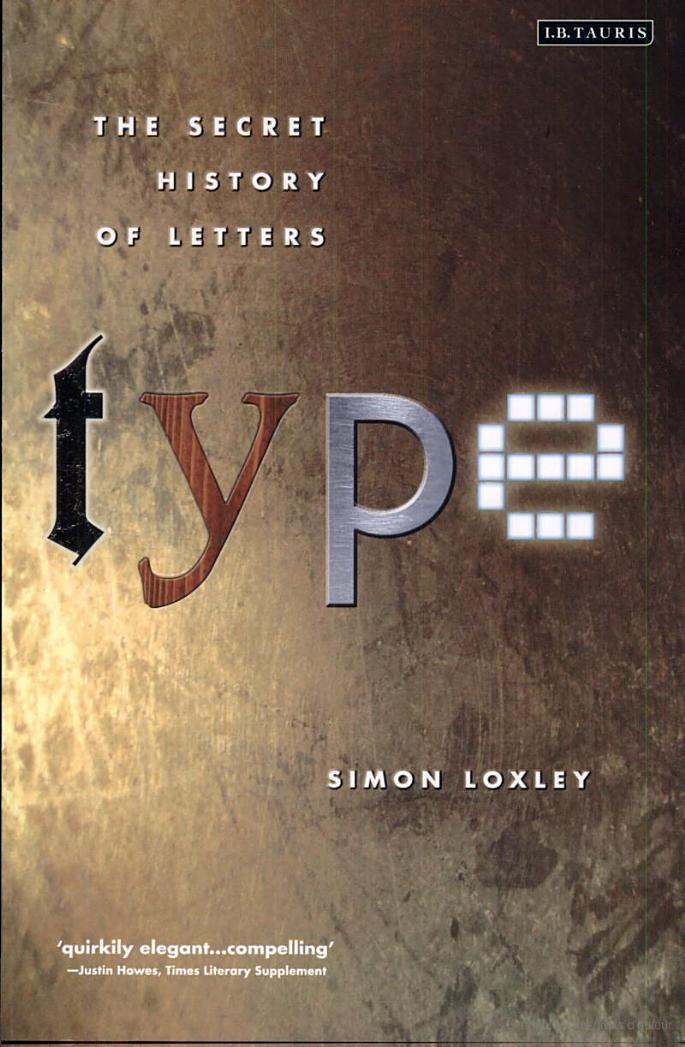Eric Gill (1882 - 1940)
The creator of Gill Sans
The life of Eric Gill is truly amazing. Having such a huge range of talents such as becoming an Artist, Book Author, Illustrator and a Typographer. He was born of thirteen children, his father being a curator in Brighton. His morals were very strict as were his beliefs within the world he lived in. In many of his photographs he would be known to have a thick white beard which he thought was "an essential part of masculinity" and he wouldn't wear any trousers; as his morals were that it "dishonoured the male sexual organ". These were very strange to read through this book and as he is a creator of such great history there is always a story behind his unique discipline. Basically I have stumbled upon an enigma of a very intelligent and fascinated person.
Gill's san serif, is still considered to be one of the greatest creations of type in the 20th century. He did get some help in creating the font with his friend. This friend was Edward Johnston ; Eric's teacher paid close attention towards as he saw greatness and later in life he became great friends with him along his travels.
The most influential part in the Eric Gill section is when they both are walking towards there home.
"one night after college, they were struck by the painted sans serif lettering on some tradesman's vehicle. Gill exclaimed "I wish I could do that". The way that that sentence is played out shows that he was in the stage of becoming better in what he already does; thats my way with what designer work with and to always better the first design.
Gill Sans is a very unique and modernistic piece of type a hybrid among the others that were out there in the 20th century. As being branded as one of the best fonts created ; he made a very easy and readable type by removing those serif tails on the ends, one of the very reasons to why it still gets applauded. I use this type most of the time and it shows a greatness within my own work and something that I can to aspire on though his journeys and research.
I was also amused by this later quote in the book "In 1927 Gill hand painted the shop Fascia Board for his friend Douglas Cleverdon's Antiquarian bookshop in Bristol". As living in Bristol this is a very cool eye opener that one of the greatest typographer has set foot in this city; with this in mind I have been inspired to move more into his work. Having hand painted the sign above the shop and it became very popular to the public.
The reason I have put this picture up, is that it is hand painted not a digital piece; shows that he must of had the up most of patience and as he is a man that came back from the army "he was finally called up in August 1918 and spent a few miserable months in an army camp" he served the country and eventually came back, even more of a disciplined man. Hard work and dedication towards his work.
 |
| (http://upload.wikimedia.org/wikipedia/commons/thumb/4/47/GillFaces.png/250px-GillFaces.png) |
Gill sans is used very much through out the uk, as an inheritance of our famous typographer. The font's characteristics have been used widely through different ranges of the media like for example
The BBC is a huge gratification towards Gill's work and his triumph through the years of his career. They had the claims towards the logo in 1997 and till this very day it is used through all of there media channels for TV and digital radio.
We use this type through this font day in and day out, but through some of the more modern ways of living such as, using computers to type in the style of Gill sans; much more easier than to go through a process by hand. It also shows how we have lost the artistic forms of typography and this picture proves that it still is.
The strokes and different measurements are very interesting to look at; it makes our generation of editing text very dull as its easy to create all on a pc or laptop with many different publication applications. The effort and time that has gone into produce something memorable like the London underground symbol/logo is seen by busy people around London maybe not even knowing how this was made.
They have basically simplified the image completely which is always a designers principle ; removing the heavy stroke making it uncovered doesnt look as appealing towards me if I was going to have a look.
Eric Gill is a great asset towards the country as one of the best designers of Graphics. He has been a real inspiration towards my work in general. With discipline and structure of my work method Ill be on the right lines.
 |
| http://cdn.labourlist.org/wp-content/uploads/2011/11/bbc-logo.jpg |
We use this type through this font day in and day out, but through some of the more modern ways of living such as, using computers to type in the style of Gill sans; much more easier than to go through a process by hand. It also shows how we have lost the artistic forms of typography and this picture proves that it still is.
 |
| http://static.flickr.com/72/170900648_9581095568_o.jpg |
Eric Gill is a great asset towards the country as one of the best designers of Graphics. He has been a real inspiration towards my work in general. With discipline and structure of my work method Ill be on the right lines.





